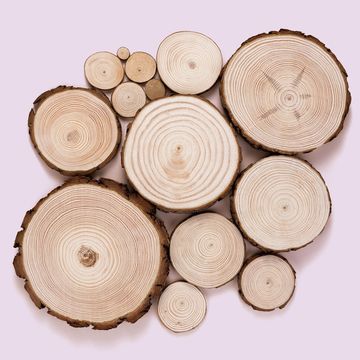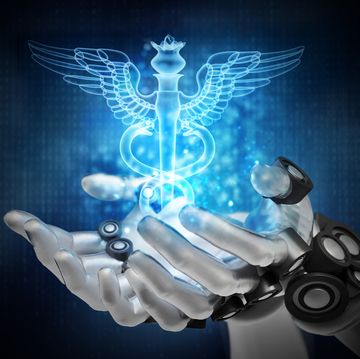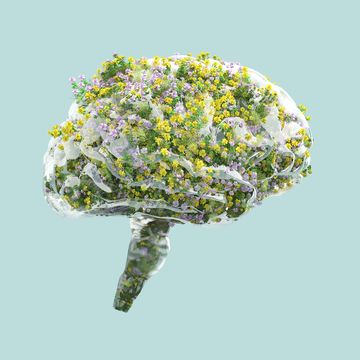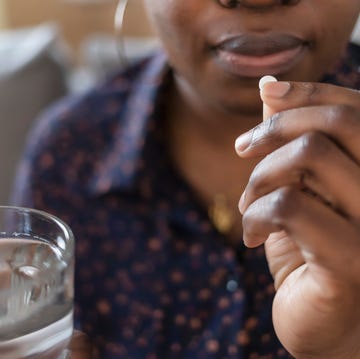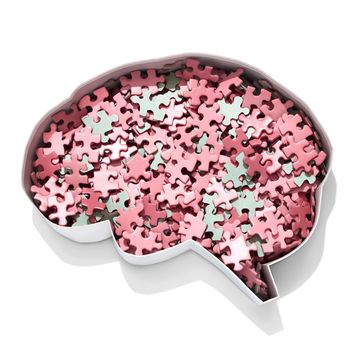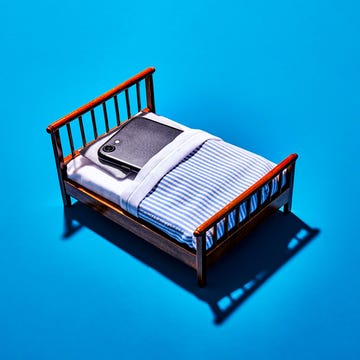One of the most apt descriptions of a headache I’ve ever read was in a novel called We Were Liars. Author E. Lockhart depicts it as a rusty saw “slicing through my forehead into the mind behind it.” Lockhart eloquently captures a headache’s paired agonies: physical pain and psychological disruption. The typical solution is an analgesic such as aspirin or ibuprofen, but this one-size-fits-all approach misses the fact that headaches can have varied causes that are best addressed by different therapies.
Tension headache relief
This is the most common type of headache, brought on by tense muscles in the head and neck. Massage, acupressure, hot or cold compresses, and rubs containing menthol or camphor may relieve the pain. Stress-neutralizing techniques like yoga breathing and meditation can also help prevent episodes. Stress actually contributes to virtually all kinds of headaches, so it’s worth seeking out a tension-relief method that fits into your daily routine.
Migraine relief
Classic symptoms of migraines include visual flashes or blind spots just before onset, throbbing pain, light sensitivity, and nausea and vomiting. Caused by rapidly dilating blood vessels, migraines can be triggered by food sensitivities, strong odors, hormonal fluctuations (migraines are more than twice as common in women as in men), and stress.
As difficult as it may sound, my principal recommendation is to stop drinking caffeine daily, especially coffee (even decaf!). Eventually your sensitivity to caffeine will increase; then, when you feel a migraine coming on, drink one or two cups of a caffeinated beverage to circumvent that blood vessel dilation and stop the migraine in its tracks. To prevent it from happening in the first place, try 50 to 100 mg of extract of the herb butterbur (Petasites hybridus) twice daily with meals. Magnesium supplements (500 mg twice daily) can also be helpful.
Cluster headache relief
Characterized by intense, throbbing pain, these headaches typically occur on only one side of the head. They can last anywhere from 15 minutes to three hours, recur up to eight times in 24 hours, and then retreat for weeks or months until another “cluster” strikes. To treat them, people often use strong medications, including the powerful drug ergotamine, or even surgery to disable nerve endings.
Before you resort to these methods, I suggest trying biofeedback, acupuncture, and supplemental magnesium (500 mg twice daily). Breathing oxygen from a tank (available by prescription) can also reverse a cluster headache.
Eyestrain headache relief
Symptoms include eyes that feel sore, hot, itchy, dry, or watery; blurred or double vision; and general soreness in the head, neck, or back. Eyestrain headaches are common these days—almost universally due to staring at glowing screens. The obvious solution is to take breaks (at least five minutes per hour), during which you should look into the middle and far distance. And, of course, make sure your glasses are the right Rx for you.
Stay updated on the latest science-backed health, fitness, and nutrition news by signing up for the Prevention.com newsletter here. For added fun, follow us on Instagram.
Dr Weil is the founder and director of the Andrew Weil Arizona Center for Integrative Medicine at the University of Arizona and a member of Prevention's Medical Advisory Board.



